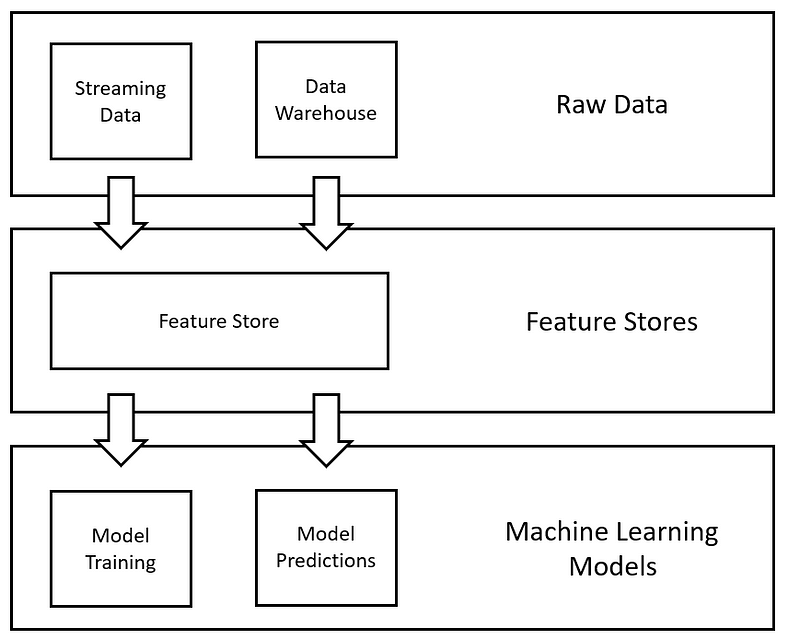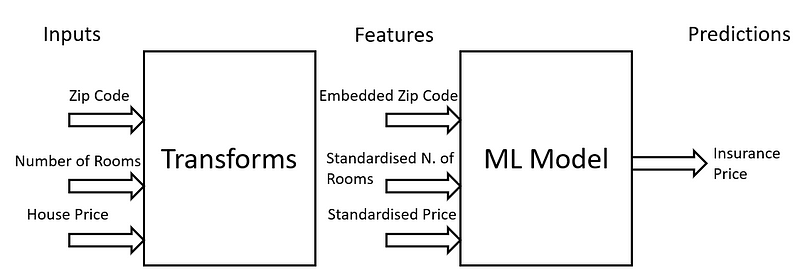Design Patterns in Machine Learning for MLOps: A Comprehensive Guide
Written on
Chapter 1: Introduction to Design Patterns in MLOps
Design Patterns serve as a collection of best practices and reusable solutions for recurring challenges. Fields like Data Science, Software Development, and Architecture face numerous common issues. By categorizing these problems and offering various blueprints, the community can significantly benefit.
The concept of Design Patterns in Software Development was introduced by Erich Gamma and colleagues in their seminal work “Design Patterns: Elements of Reusable Object-Oriented Software” [1]. This idea has recently been adapted to Machine Learning processes by Sara Robinson and others in “Machine Learning Design Patterns” [2].
In this article, we will delve into the various Design Patterns that form the backbone of MLOps. MLOps, which stands for Machine Learning Operations, encompasses processes aimed at transforming experimental ML models into production-ready services that can make real-world decisions. Fundamentally, MLOps shares principles with DevOps but emphasizes data validation and ongoing training/evaluation.

Chapter 2: Benefits of MLOps
Some notable advantages of MLOps include:
- Accelerated time to market through faster deployments.
- Enhanced model robustness with improved identification of data drift and easier retraining.
- Greater flexibility to train and compare diverse ML models.
In contrast, DevOps focuses on two primary concepts: Continuous Integration (CI) and Continuous Delivery (CD). CI emphasizes the use of a central repository for team collaboration, automating the integration and validation of new code. This enables ongoing testing of application components. Meanwhile, CD aims to ensure smooth software updates while minimizing downtime.
Chapter 3: Key MLOps Design Patterns
3.1 Workflow Pipeline
Machine Learning projects typically consist of several steps. During the prototyping phase, one might start with a single script (monolithic). However, as complexity increases and more team members join, it becomes essential to separate each project phase into distinct scripts (microservices).
The Workflow Pipeline design pattern provides a structure for creating ML Pipelines. These can be visualized as a Directed Acyclic Graph (DAG) where each step is represented as a container.

This approach offers several benefits:
- Flexibility to experiment with different steps and configurations.
- Scalability, as new steps can be easily integrated or removed.
- Team members can concentrate on specific steps in the workflow.
- Separate artifacts can be generated for each project phase.
The first video provides insights into Machine Learning Design Patterns specifically tailored for MLOps, presented by Valliappa Lakshmanan at MLOps Meetup #49.
3.2 Feature Store
Feature Stores serve as a data management layer for Machine Learning processes. They centralize the storage of features created for various ML projects, allowing Data Scientists to reuse subsets without repeatedly transforming raw data.

More details on Feature Stores can be found in my previous article.
3.3 Transform Design Pattern
The Transform design pattern simplifies the deployment and maintenance of Machine Learning models by treating inputs, features, and transformations as distinct entities.

For instance, preprocessing techniques like normalization are crucial to ensure the training data's consistency and distribution, preventing data skew during inference.
3.4 Multimodal Input
ML models can handle various data types, but some are restricted to specific formats. To tackle problems requiring multiple input types—such as images, text, and numbers—transformations are necessary to unify these formats.
3.5 Cascade Design Pattern
Certain ML problems cannot be solved with a single model, necessitating a series of interconnected models to achieve a goal. For example, predicting user recommendations may require an initial model to assess age before directing to appropriate recommendation engines.

Chapter 4: Conclusion
This article has highlighted several pivotal Design Patterns that underpin MLOps. For further exploration of Design Patterns in Machine Learning, you may find the following video by Valliappa Lakshmanan at AIDevFest20 valuable, along with the GitHub repository for the “Machine Learning Design Patterns” book.
This second video dives into Machine Learning Design Patterns, providing additional context and insights.
Chapter 5: Further Reading and Contacts
For updates on my latest articles and projects, feel free to follow me on Medium or subscribe to my mailing list. Here are my contact details:
- Personal Website
- Medium Profile
- GitHub
- Kaggle
Bibliography
[1] “Design Patterns: Elements of Reusable Object-Oriented Software” (Addison-Wesley, 1995). Accessed at: www.uml.org.cn/c%2B%2B/pdf/DesignPatterns.pdf